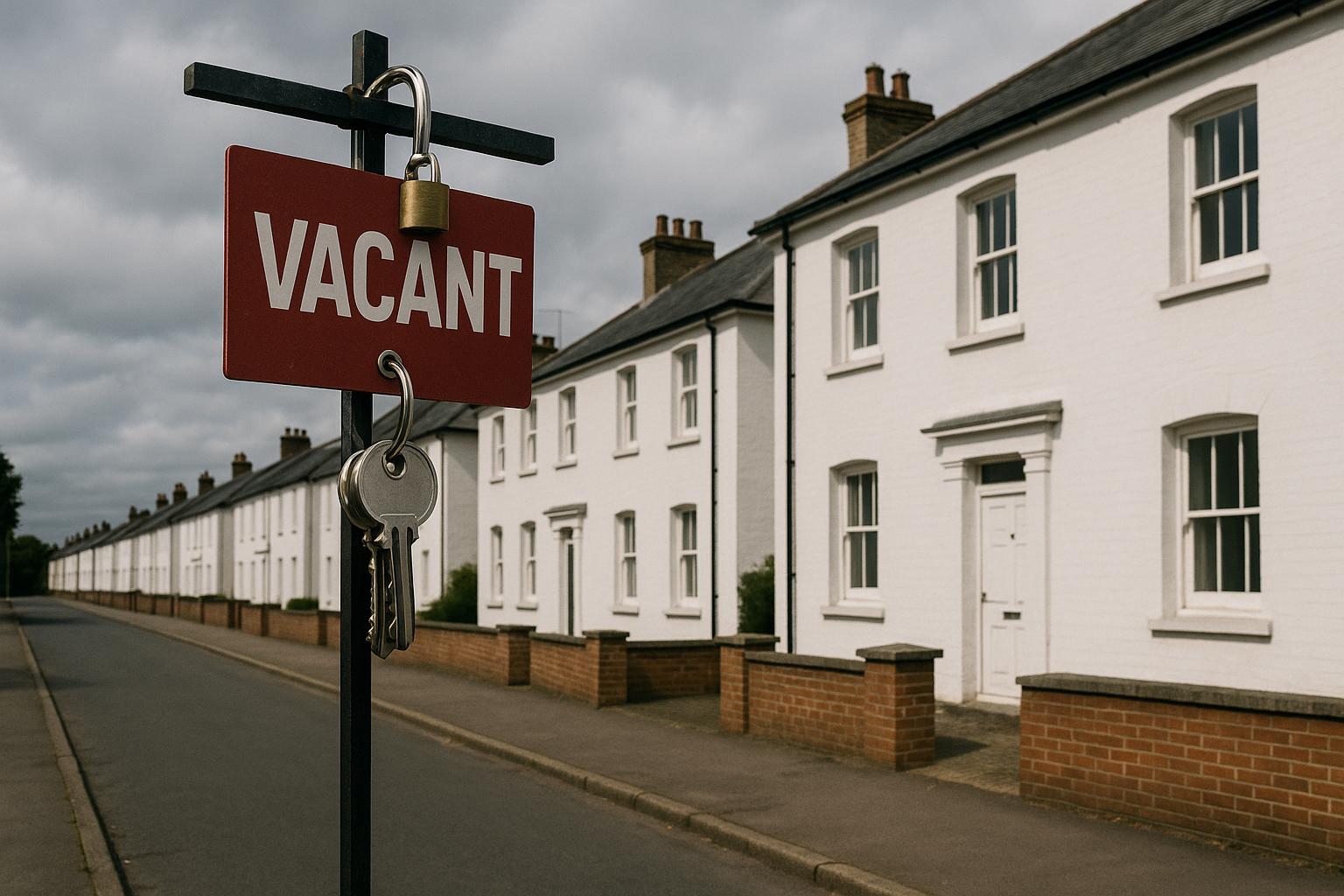New data reveals an acute housing affordability crisis across England, with even high earners increasingly priced out of the property market, underscoring the urgent challenge facing the Labour party's housing ambitions. According to figures from the Office for National Statistics (ONS) for 2024, the average house price in England was over seven times the average salary, rendering homeownership unaffordable for approximately 90% of earners in the country. London presents an even more extreme situation, where housing costs exceed affordable levels for all income groups, including the top 10% of earners whose household incomes exceed £91,000 annually.
This affordability gap has widened over the last two decades, driven by long-term supply constraints and insufficient new builds amid stagnant wage growth. In England overall, the average house price was £290,000 last year compared to median earnings of £37,600, a ratio far surpassing the ONS affordability threshold of five times income. The South East, East of England, and South West also report similar patterns where only the highest earners can realistically afford to buy, whereas the North East remains the most affordable English region with house prices about five times average incomes. The stark disparities extend to local areas, with Blackpool emerging as the most affordable and affluent London boroughs like Kensington and Chelsea among the least.
The fallout from unaffordability is stark: many potential buyers remain trapped in the rental market, unable to save for deposits, leading to a reliance on intergenerational wealth transfers, widely dubbed the "Bank of Mum and Dad." Campaigners such as Ben Twomey from Generation Rent warn this entrenched dependency exacerbates social inequality, creating systemic barriers for younger generations seeking stable homeownership.
Despite the challenges, there are signs of potential relief ahead. Regulatory changes over the past year, identified by mortgage industry experts, have introduced greater flexibility for lenders, which may facilitate increased access to financing for first-time buyers. Ongoing interest rate reductions by the Bank of England—amounting to a 125 basis point cut since mid-2024—and expectations of further easing are anticipated to improve affordability metrics moving into 2025. A Reuters poll of property analysts reveals a prevailing optimism that housing affordability will improve, particularly benefiting first-time buyers in London, as wage growth strengthens and mortgage options expand.
However, the housing market remains volatile with mixed signals. Although house price growth slowed in mid-2025, the sector awaits government fiscal decisions, including speculation over possible tax increases by Finance Minister Rachel Reeves that could hamper buyer finances. Recently, UK house prices saw a slight annual drop, the first since early 2024, attributed primarily to market sensitivities in southern England and uncertainties over upcoming property tax reforms.
In response to the crisis, the Labour government has committed to an ambitious housebuilding target of 1.6 million new homes, with new housing secretary Steve Reed pledging an aggressive "build, baby, build" approach. Complementing this, Chancellor Rachel Reeves announced a £2 billion investment aimed at delivering 18,000 affordable homes by 2029, marking an integral part of the broader strategy to boost supply and stimulate economic growth. This investment follows earlier funding to tackle construction skills shortages and aims to speed up delivery through legislative reform to ease planning restrictions, widely criticised for stalling development.
While these initiatives offer hope, experts caution that the impact will take years, possibly a generation, to materialise fully in housing affordability. The interplay of supply augmentation, financial accessibility, and wage growth remains critical to reversing the longstanding trend. The current efforts reflect a recognition across political lines that housing is fundamental to social stability and economic opportunity, but the scale of the challenge means solutions must be sustained and multifaceted to achieve meaningful change.
📌 Reference Map:
- Paragraph 1 – [1], [2], [3]
- Paragraph 2 – [1], [2], [3]
- Paragraph 3 – [1]
- Paragraph 4 – [1], [6]
- Paragraph 5 – [4], [5], [6]
- Paragraph 6 – [1], [7]
- Paragraph 7 – [1], [7]
- Paragraph 8 – [1], [7]
Source: Noah Wire Services
